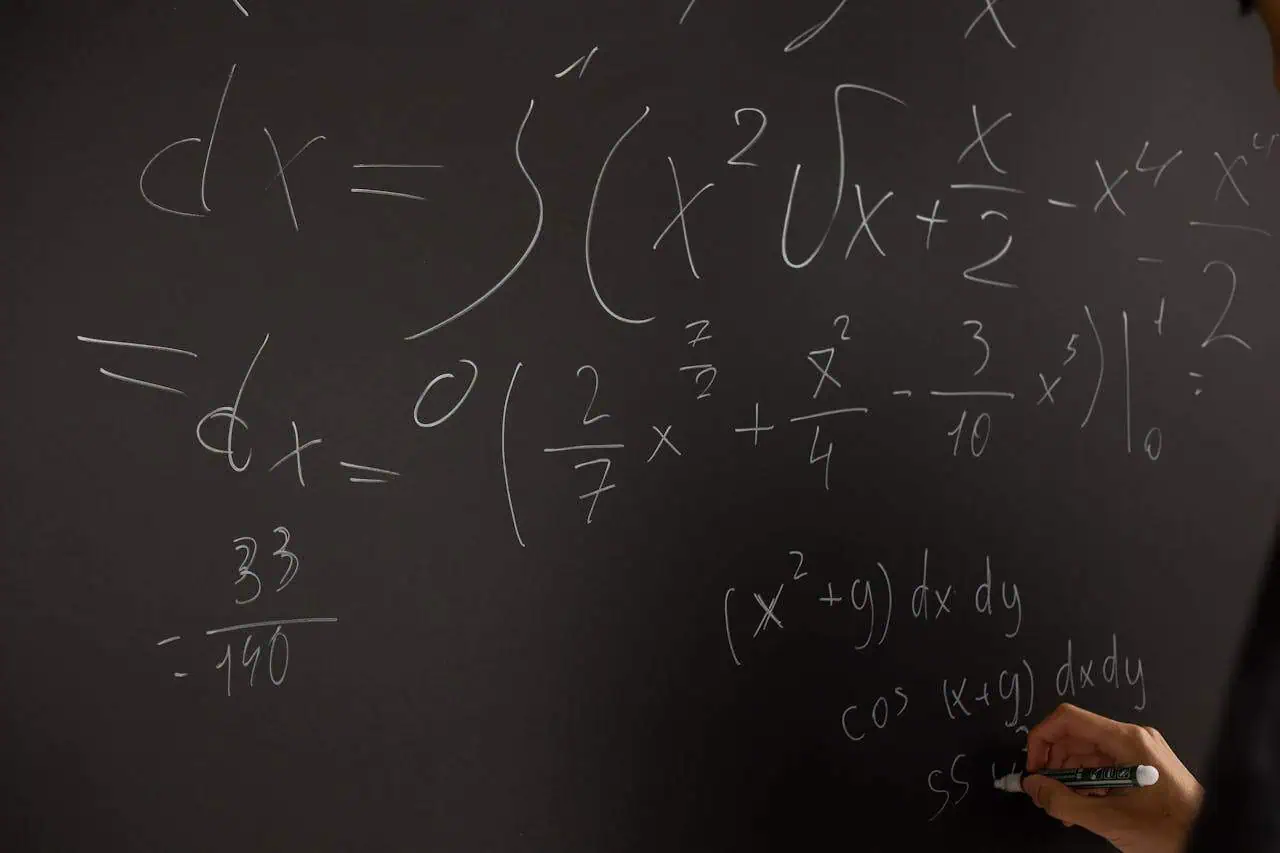Introduction to Percentages: Why They Matter in Everyday Life
Percentages are a powerful tool for understanding proportions and comparisons in our daily lives. Whether you’re calculating discounts while shopping, determining grades in school, or analyzing financial statements, understanding how to calculate percentages is essential. In this article, we’ll dive into a common yet crucial percentage problem: “What is 551.21 as a percentage of 725?”
By the end, you’ll not only know the answer but also understand the broader applications of percentages in practical scenarios.
Understanding the Problem: What Does “551.21 is What Percent of 725” Mean?
At its core, this problem asks for the percentage that 551.21 represents of the total value 725. To solve this, we’ll use the basic percentage formula:Percentage=(PartWhole)×100\text{Percentage} = \left( \frac{\text{Part}}{\text{Whole}} \right) \times 100Percentage=(WholePart)×100
- Part (551.21): This is the number or value you’re comparing to the whole.
- Whole (725): This is the reference number or total value.
In essence, we want to figure out what percentage 551.21 is of the total 725. Let’s break it down step by step.
Step-by-Step Calculation: How to Find What Percent 551.21 Is of 725
Step 1: Setting Up the Formula
We start by setting up our percentage formula:Percentage=(551.21725)×100\text{Percentage} = \left( \frac{551.21}{725} \right) \times 100Percentage=(725551.21)×100
This formula is straightforward but crucial for understanding the relationship between part and whole values.
Step 2: Performing the Division
Now, divide 551.21 by 725:551.21725=0.7609834\frac{551.21}{725} = 0.7609834725551.21=0.7609834
This gives us the decimal equivalent of the fraction.
Step 3: Converting to Percentage
To convert this decimal into a percentage, multiply by 100:0.7609834×100=76.10%0.7609834 \times 100 = 76.10\%0.7609834×100=76.10%
So, 551.21 is 76.10% of 725. This means that 551.21 represents just over three-quarters (76.10%) of the total value of 725.
Practical Applications of Percentages in Everyday Life
Understanding how to calculate percentages is not only important for math problems but also has numerous real-world applications.
Personal Finance: Budgeting and Expense Allocation
In personal finance, knowing percentages helps with budgeting and understanding how much of your income is allocated to specific expenses. For instance, if your total monthly expenses are $725, and you spend $551.21, knowing that you’ve spent 76.10% of your budget can help you assess your spending habits.
Education: Calculating Test Scores and Grades
Students often encounter percentage calculations in their grades. For example, if a test is out of 725 points and you score 551.21 points, you can quickly calculate that your score is 76.10% of the total points, which might be a helpful metric in determining your grade.
Business and Analytics: Performance Tracking
In the world of business, percentage calculations are key for tracking performance metrics. For example, if a company sets a goal of generating $725 in sales and reaches $551.21, they’ve achieved 76.10% of their target. This percentage helps managers evaluate their progress and adjust strategies accordingly.
Tools and Tips for Quick Percentage Calculations
Calculating percentages doesn’t have to be time-consuming. Here are some tips and tools that can help streamline the process:
Manual Methods for Quick Percentages
While the formula we discussed is effective, in many cases, you can estimate percentages quickly by rounding. For example, if you’re trying to calculate 76.10% of a number, rounding to the nearest whole number (76%) can save time when precision is not essential.
Digital Tools and Calculators for Efficiency
For more accurate and quicker calculations, digital tools like percentage calculators or spreadsheet software like Excel or Google Sheets can automate these processes. By simply inputting the part and whole, you’ll get the percentage instantly.
Smartphone Apps for Easy Calculation
There are also various apps that can help calculate percentages on the go. Apps such as Percent Calculator or even the built-in calculator on most smartphones allow for quick percentage calculations without needing to manually input formulas.
Common Mistakes When Calculating Percentages
While percentage calculations may seem straightforward, there are a few common mistakes to watch out for:
- Misunderstanding the formula: Sometimes people confuse the “part” and the “whole” values. Make sure the “part” is the value you’re comparing, and the “whole” is the reference value.
- Rounding errors: Be mindful of rounding decimals too early in the calculation, as this can skew the final result. Always round only after performing all the necessary calculations.
- Over-reliance on tools: While online calculators are helpful, always double-check the results to ensure accuracy.
Conclusion: The Importance of Understanding Percentages
In conclusion, 551.21 is 76.10% of 725 is not just a math problem—it’s a practical concept with real-world applications in personal finance, education, and business. By mastering percentage calculations, you can better navigate daily financial decisions, assess academic performance, and track business goals.



